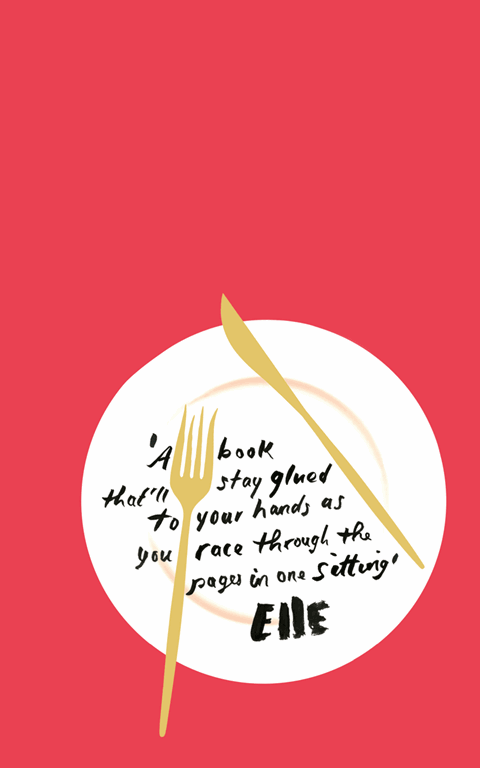A brilliant work of fiction should stay with you long after reading its closing chapter. So is the case with the following books, hand-picked by the AnOther team
Sweetbitter, by Stephanie Danler
What sets 29-year-old Stephanie Danler’s palatable literary debut Sweetbitter apart from every other coming-of-age novel, is the ambiguous nature of her female protagonist Tess, who uproots to New York City at 22 years old and is perfectly content in her lack of ambition. The trials and tribulations of her first job as a low-level server in an affluent Union Square restaurant, frequented by culturally literate customers and complex but colourful staff, is delicately dished out to the reader in a manner comparable to a fine dining experience. Fragments of poetry interrupt the fluid narrative, detailing the cacophony of clashing dishes, abrupt bleeping of smartphones and tit-bits of overheard conversation. While food binds the chapters, love prevails as the dominant theme, as Tess’s intensely libidinous exchanges with co-worker Jake leave a gratifyingly evocative after-taste.

The Lesser Bohemians, by Eimear McBride
Irish-born Eimear McBride turned fiction on its head in 2013 when she unleashed her astonishingly bold debut novel: A Girl is a Half-Formed Thing. This September she re-enters the literary ring with The Lesser Bohemians – which promises to be equally as daring, upholding McBride’s signature style of sporadic, free-flowing prose. Turbulent, volatile and almost exhaustingly compelling, the story follows the journey of Irish 18-year-old drama student Eily, who moves to north London with her sights set on becoming an actress and, in the process, falls fervidly in love with Stephen, an actor far beyond her years who’s both consumed and defined by his traumatic past.
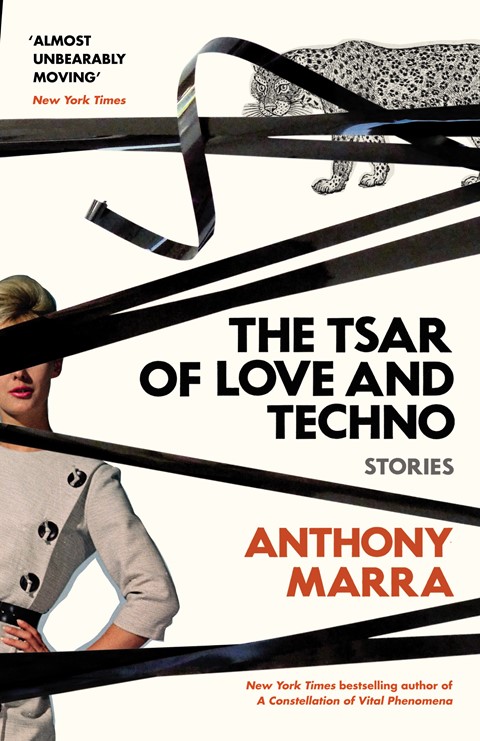
The Tsar of Love and Techno, by Anthony Marra
Russian literature has a long and proud tradition of short story writers. In fact, the likes of Anton Chekhov, Ivan Turgenvev and Fyodor Dostoyevsky might be considered the forefathers of the format, schooling their American and European counterparts – Guy de Maupassant, Raymond Chandler, James Joyce included – in the art of forming a narrative out of what of an author refrains from telling their reader, rather than what they share.
Anthony Marra, of course, is American, in spite of teaching himself Russian and spending long stretches in both Prague and St Petersburg – but that didn’t stop him turning to his Eurasian predecessors for inspiration when it came to compiling his newest book, a series of intricately connected short stories set in Russia from 1937 until now. The book begins with a story about Roman Markin, a photo-retoucher working to undo political history as the magnificent leader requires it in 1937 Leningrad, and then proceeds to dance over a prima ballerina, a ‘Miss Siberia’, a contract soldier and a techno-fanatic, in its ambitious determination to cover 70-odd years of modern history. Oddly enough, though, it works; the books’ principle themes, those of love, war and oppression, recur through each of the nine stories, and objects too crop up throughout, be they paintings, photographs, mixtapes. Most cohesive of all, however, is the dark, sardonic humour which underlines Marra’s narrative, and brings a cheeky and enchanting undertone to all proceedings. Whether they’re read alone, one a year over the course of nearly a decade, or all at once in one sitting over one enchanted afternoon, Marra’s short tales build an irresistible modern history of Russia.
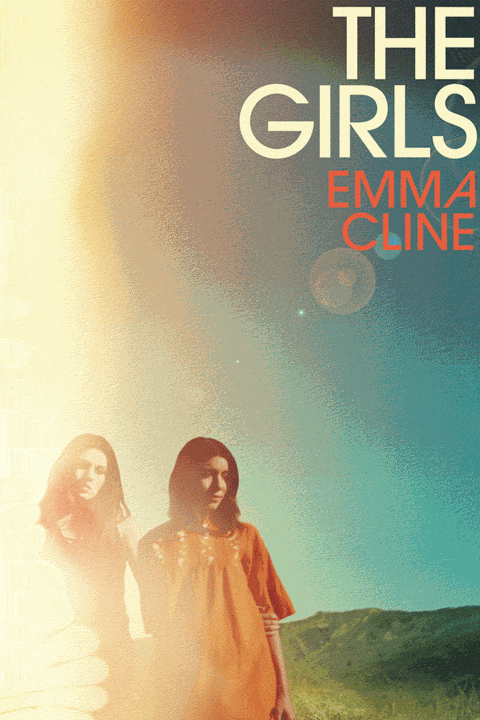
The Girls, by Emma Cline
One of the leading contenders for this summer’s most talked about book, The Girls by American literary prodigy Emma Cline offers a fictionalized take on the Manson Family cult and their brutal slaying of a house full of innocent strangers in 1969. It is told from the perspective of 14-year-old Evie Boyd – a peripheral member of the group who, finding herself isolated from her family and friends and their comfortably suburban existence, revels in the sense of freedom and belonging her newfound cohorts offer her. Prepare to be thrust into the heady, sun-drenched world of 1960s California, brought to life by Cline’s extraordinarily poetic propensity for prose (think: Jeffrey Eugenides’ knack for evocative storytelling merged with Sylvia Plath’s searing examination of female growing pains).
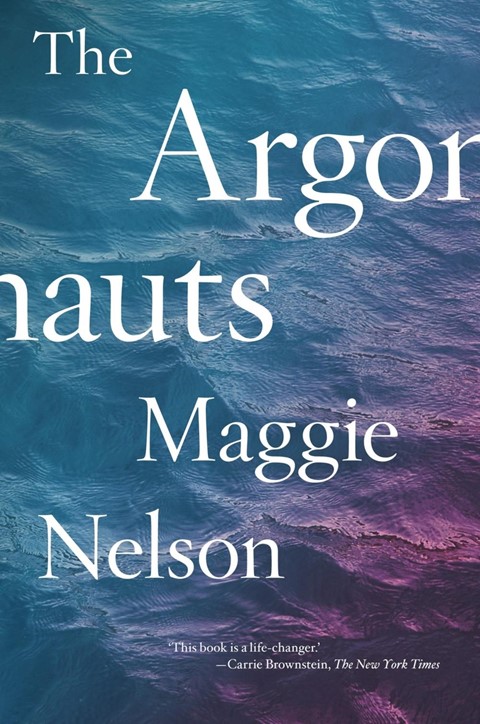
The Argonauts, by Maggie Nelson
The conventional binaries of motherhood, marriage, love and desire are acutely deconstructed in Maggie Nelson’s electrifying (and much-anticipated) memoir The Argonauts. In a style that recalls the mighty Susan Sontag and Roland Barthes, the lauded American poet, critic and author relives her complex path to motherhood with her gender-fluid partner, artist Harry Dodge. Frank, first-hand experiences are interspersed with witty and thought-provoking explorations of international theorists’ critiques on themes including child rearing, martimony, gender and sexuality.
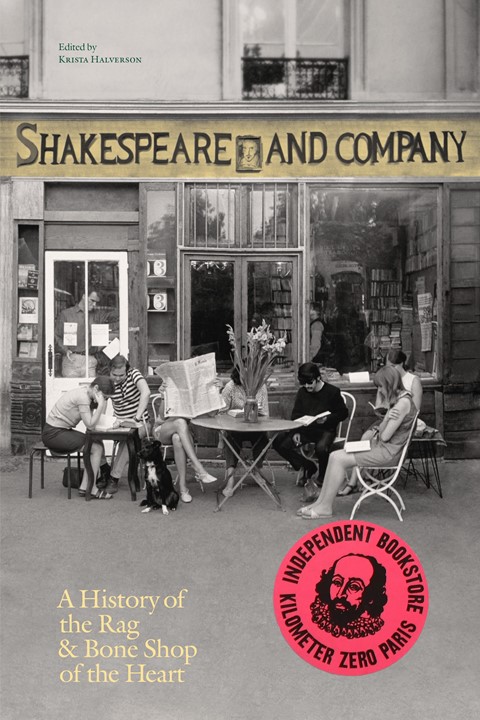
Shakespeare and Company Paris: A History of the Rag & Bone Shop of the Heart, edited by Krista Halverson
Scarcely a literature-loving tourist has set foot in Paris over the past 70 years without writing a visit to its most iconic bookshop, Shakespeare & Company, into their schedule – or at least if they have, they’ve missed a trick. The English-language bookstore has become synonymous with expat life, providing cosy chairs, endless reading material, and even a bed to many a wanderer passing through its halls (30,000 people have slept under its roof over the years, its owner Sylvia, the daughter of the original founder George Whitman, reports).
Now, much to the delight of its many customers and occasional tenants, the shop’s history has been compiled into a book all of its own, entitled Shakespeare and Company Paris: A History of the Rag & Bone Shop of the Heart – a satisfyingly weighty hardback tome which places poetry, handwritten notes and even music scores side by side with biography and literary extracts in a chronological order so charming that it hardly seems possible that it can be so extensive. Perhaps appropriately, then, the store’s manifestation into a book was written into its future from the very beginning. “I created this bookstore like a man would write novel,” founder George Whitman wrote early on, “building each room like a chapter, and I like people to open the door the way they open a book, a book that leads into a magic world in their imaginations.”
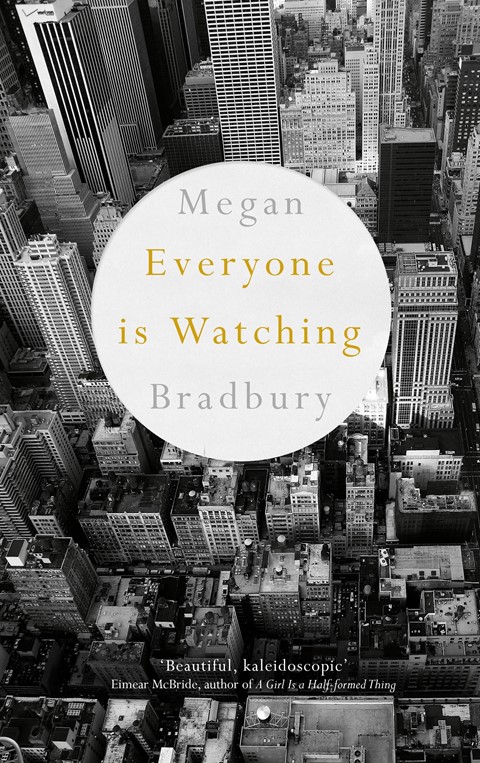
Everyone is Watching, by Megan Bradbury
It takes a formidable writer to attempt to chronicle the lives of some of New York City’s most famous patrons over the course of one single novel, spanning over a century in doing so – but that is precisely what Megan Bradbury’s debut novel, Everyone is Watching, does. And it does it marvellously. From photographer Robert Mapplethorpe, and writers Walt Whitman and an elderly Edmund White, to the mastermind behind the city’s skyline, Robert Moses, fragmented narratives in the present tense take the place of long and clumsy biographies with an effortless elegance. In fact, Bradbury’s text hops effortlessly from one seminal moment to the next to paint a portrait of the history of the city, and the many culturally historical moments it set in progress.
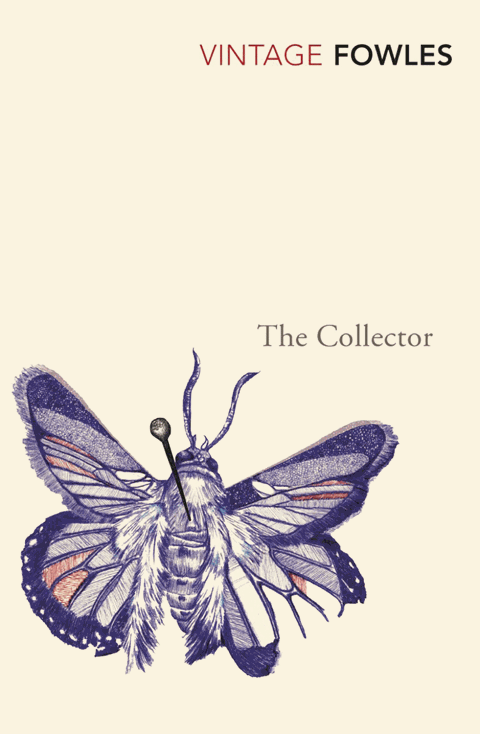
The Collector, by John Fowles
One to be read in the great outdoors – preferably on a vast, sprawling beach – John Fowles' cult classic The Collector follows Frederick, a withdrawn and disengaged loner, whose principal passions are butterfly collecting, photography and, above all, Miranda – a beautiful young art student with whom he has never spoken. When Frederick wins a small fortune on the pools, he opts to secure a remote country house in which to keep Miranda, who, incidentally, he has decided to kidnap (hence the importance of light and air while reading). The book is told from the point of view of both characters, one after the other, and is by turns heartbreaking, chilling and stirringly lyrical – the deluded and unloved Frederick convinced that he can win the heart of the romantic and optimistic Miranda, who in turn, is determined to win her freedom.
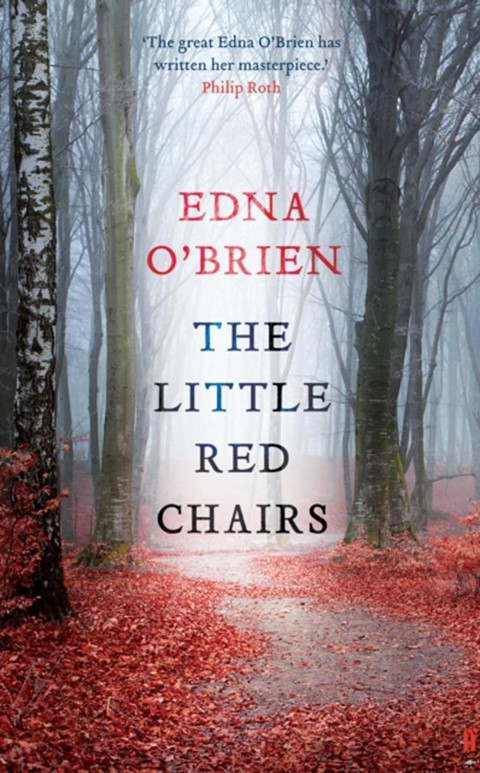
The Little Red Chairs, by Edna O'Brien
Edna O’Brien’s The Little Red Chairs is her first book in ten years – but fans of the feted novelist will be please to know that this gripping tale of fatal attraction is well worth the wait. The book tells the story of a war criminal from the Balkans who relocates to a small village on the west coast of Ireland in the guise of a faith healer, stealing the heart of a local woman along the way. It strikes a perfect balance between a dark and beguiling narrative and the kind of beautiful prose we have come to expect from the doyenne of Irish fiction. As Julie Myerson noted in The Observer, it’s “the kind of masterpiece that reminds you why you read books in the first place.”

The Muse, by Jessie Burton
In 2014, English author Jessie Burton arrived on literary scene with her award-winning debut novel The Miniaturist – set in 17th-century Amsterdam and inspired by the elaborately curated dollhouse of Dutch widow Petronella Oortman, which now resides in Amsterdam’s Rijksmuseum. Her brand new, sophomore offering The Muse also centres on an object d’art, this time, a fictional painting that deftly connects two narrative threads – that of young Caribbean immigrant Odelle, newly arrived in London during the swinging 1960s, and of Olive, a young bohemian artist living in 1930s, civil war Spain. Just as with The Miniaturist, the book is held together by Burton’s vivid imagination, which allows readers to seamlessly venture from era to era. Another ambitious plot, flawlessly executed and filled with strong female protagonists.
